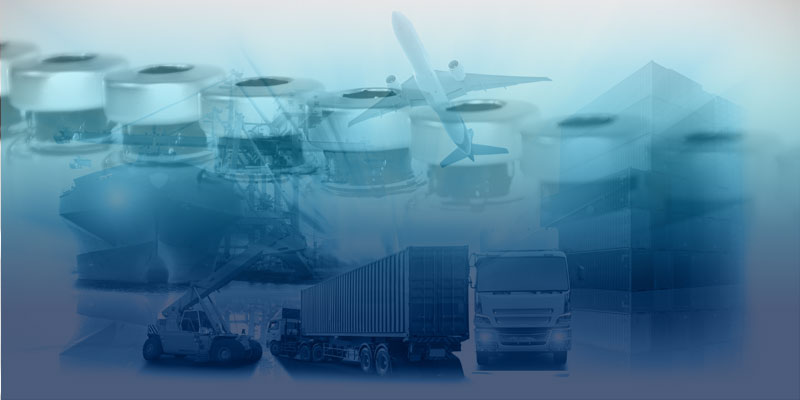In consumer business, global logistics has gone to the direction of smaller packages and more efficient tracking for years. You can see this every time you order a thing from a web store and can practically follow its whole journey from the point it gets packaged at the store back room, throughout transportation all the way to getting notified about ETA so you can be ready to receive the delivery at home or at work, whichever best suits you.
In business to business logistics the distribution channel model has still a majority of volume, due to the fact that the logistics chain has been traditionally built for standard pallet sizes. But there is a definite change looming over the horizon.
Now as the Lean philosophy has been driving the inventories down in B2B & manufacturing business, the need for smaller (parcel size) deliveries has been a growing trend. This has been boosted by Just in Time (JIT) manufacturing and MTO (manufacture to order) process changes in for example in the automotive and electronics industries. With technology advancements, such as 3D printing, it’s likely we’ll see an increasing number of personalized products getting sent as small parcel deliveries in the B2B business also. With small-volume, high-value cargo, there is also a definite need for parcel-level track & trace technology.
Cooler Parcels
Regular parcel logistics isn’t the only increasing venue for parcel-level either. There is also a definite demand for box-level shipping and tracking in the cold chain, which has traditionally operated mostly on the pallet and container level. However, in pharma industry the pallet value can easily be millions of euros, making it quite easy to see why not only the pharma companies themselves, but also the logistics operators and insurance companies would be interested in more detailed environmental monitoring and tracking of pharma products.
Another interesting development in in box and parcel level monitoring in pharma logistics is in the last mile, where, for example, gene-based treatments necessitate individual doses to be shipped to individual patients. These are very expensive, making it a must to track them from both the patient safety and cost optimization perspectives. A voluntary pharma industry working group recently also confirmed the fact that in room temperature last mile delivery, temperature monitoring at the box level is considered an industry best practice.
With the falsified medicines directive coming up next February, it’s not inconceivable to expect better track & trace and monitoring tech to get implemented into the pharma logistics process at the same time.
Taking Advantage of Experience
The move to parcel logistics in the cold chain should also be easier to handle than what has been the reality with consumer parcel logistics. Mostly this comes down to the fact that in the last few years logistics ICT solutions have been concentrating on optimizing parcel logistics, as web shops like Amazon, Alibaba etc. have required processes that can handle the billions of parcels moving back and forth globally. Which means there are solutions for large-scale parcel logistics handling already in existence.
Cold chain has also already been working at the box level, although on a much smaller scale. Even so, this has the advantage that there are ready parcel level packaging solutions that can maintain the required temperatures needed. Therefore the problem will then be one of scaling, not of innovation, which would be a much larger challenge.
As temperature monitoring has also been present from way back in the form of data loggers, it should be easy to make the leap to real-time tracking. The thing that has been lacking, however, is the technology to do this in a sensible and reliable way.
But Why Now?
On-the-move monitoring has been challenging to do in real time at all levels because it has to be a negotiation between the required elements of battery life, connection range, size and number of equipment etc. Basically, if you wanted to have good range and long battery life, you’ve needed multiple devices, some of which have been unwieldy and not optimized to multimodal transports. Conversely, smaller devices have had short range and shorter battery life.
There has also been the question of reverse logistics, because a real-time sensor device would have to be returned to starting location to be used again. This can be a problem especially if your shipping streams run only in one direction.
However, whereas in consumer retail the return percentage in parcel logistics has been large enough to cause problems (for example, somewhere around 50% in Germany), for the cold chain boxes going both ways in the supply chain actually simplify things. And the boxes are moving back, because box operators are increasingly offering return logistics for reusable container solutions. Happily, the same logistics streams can easily include sensor return logistics.
At the same time the move towards 4G and eventually 5G in cellular IoT answers the size vs. technology question, allowing for stand-alone sensors that can easily fit in a cold chain cooler without compromising connection or battery life. With working solutions to these two major questions, i.e. reverse logistics and technology viability, we are much closer to making monitoring cold chain parcel and box level logistics much simpler and more easily achieved.
